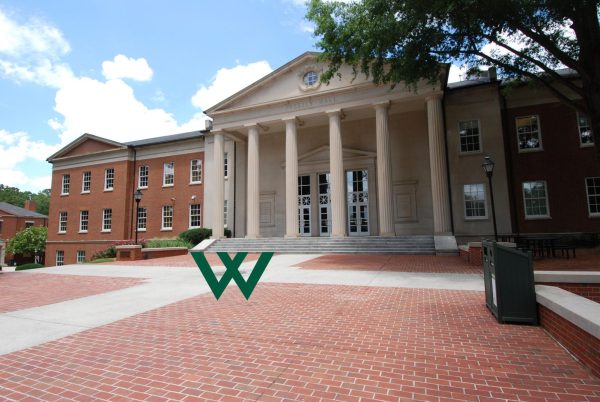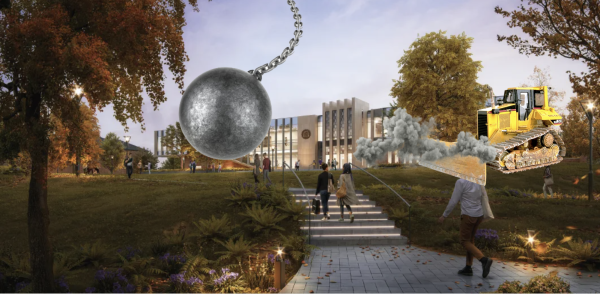Students become the masters with “21st-century learning” [Satire]
In line with Westminster’s Learning for Life vision statement and recent push for 21st century learning, President Keith Evans has announced that students will now teach classes instead of teachers.
“Times are changing quickly, and we want to prepare our students as much as possible for life after high school,” said Evans. “21st century learning has taken how we act in the classroom to a new level.”
Though Westminster has already unrolled a 1:1 laptop program and numerous other initiatives in order to keep up with developments in the ever-changing world, Evans said that it wasn’t enough. He enlisted Jim Justice, successful champion of JanTerm, and Dean of Faculty Thad Persons to oversee the creation of a new class structure.
“It’s so innovative!” said Justice. “As a school, we need to make sure that we are constantly innovating. Innovation is important.”
Students that lead classes will become the ultimate products of dynamic, transfer-by-design learning once they leave Westminster – ready to sit and work in office cubicles for the rest of their lives.
“It doesn’t matter if teachers have master’s degrees in certain subjects. We have come to realize that expertise is not what matters in the classroom – students’ learning is the priority,” said Persons. “We teachers are merely vessels through which students traverse the great river of earthly knowledge.”
The change to the classroom hierarchy came after Evans and a committee of “Learning Friends” reviewed the school’s vision statement.
“As President, I am tasked with the great and terrible duty of making sure our vision statement is on track. We’re constantly updating it,” said Evans. “Sometimes Thad helps me come up with nice words to add to the Westminster website – I particularly like ‘diversity,’ ‘media,’ and ‘interdisciplinary.’”
However, Persons said that the review helped the administration realize how behind Westminster is on 21st century learning.
“Just using expensive technology isn’t enough,” said Persons. “We believe that students will learn best in a diverse, media-driven, interdisciplinary environment by teaching other students topics that they know nothing about.”
For the most part, student reactions to the new classroom format have been positive.
“I’m so excited to be teaching Honors Spanish III!” said junior Charlotte Folinus. “Each class, we will learn about and appreciate Spanish culture by taking a 70-minute ‘siesta.’”
Since the announcement of the structure change, the faculty has been bombarded by requests from the student body to teach different courses.
“My English class will be held exclusively at Chick-fil-A,” said sophomore Cyrus Faruque. “I believe that the unique scent of chicken and fried greasiness will be able to stimulate our ever-expanding minds. Also, the Chick-fil-A cows are excellent examples of grammar.”
Ideas for student-taught classes range from permanent field trips to extremely groundbreaking uses of the traditional classroom space.
“There will be no chairs or tables in my Physics class,” said senior Annabel Shu. “Instead, I’ll teach within a glow-in-the-dark ball pit.”
Surprisingly, most of the faculty has also endorsed the school’s further engagement in 21st century learning.
“I can’t wait to see Billy McGahan try to teach AP European History,” said David Drake, wearing sunglasses and sipping a cup of tea. “It’ll be a good laugh to see him deal with the intricacies of how World War I started.”
English teacher Kristin Hunter was also seen packing her bags for an “Eat, Pray, Love”-esque backpacking journey through the Polish region of the Carpathian Mountains.
“I just hope people aren’t too worried about their AP scores,” said Chemistry teacher Adrian Dingle, while opening another beer from the private stash in his office. “The College Board sure is going to love this.”




